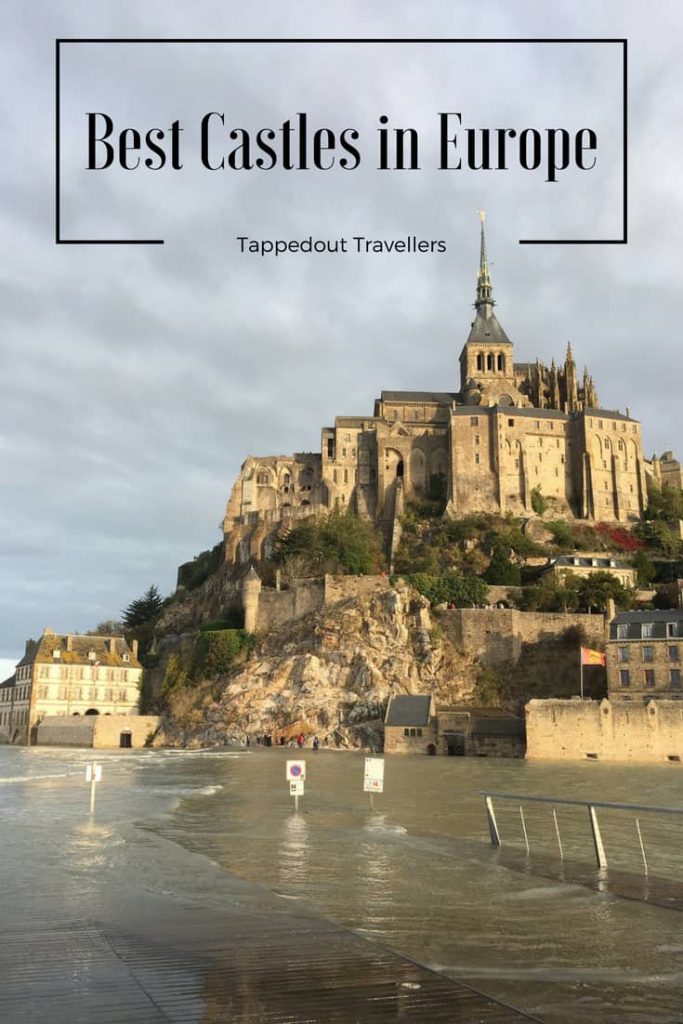Last Updated: October 17, 2018
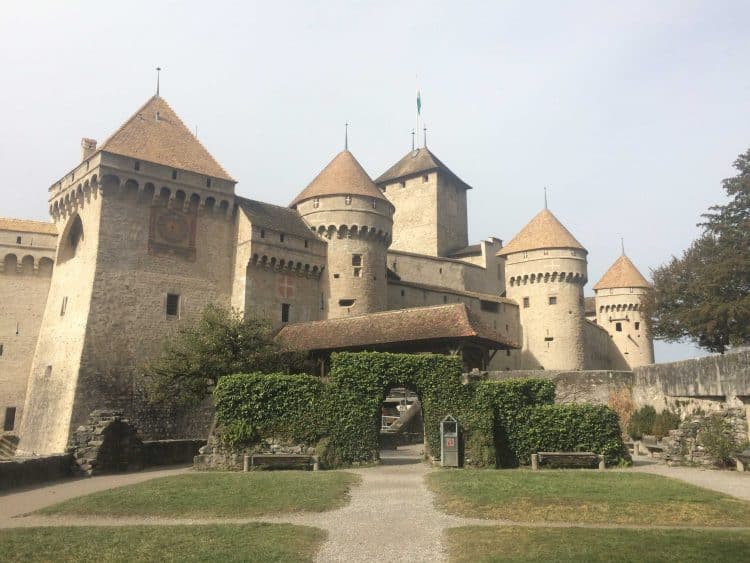
To us, nothing says a fairy-tale Europe like exploring historic stunning castles. We’ve visited several stunning castles in Europe and we’re always on the lookout for more. We’ve listed all of the castles, chateaux, palaces, fortresses, and citadels we’ve mentioned on Tapped Out Travellers.
There is just something that draws me to a great castle.
So here are my favourite great castles that we have been to. Some are famous castles some not so famous. Some may be a grandly furnished building, some are famous medieval castles and some may be ruins but to me, they are all as majestic as the next, they are all great castles.
To which I earn a small commission, at zero cost to you!
Find more info in our Privacy Policy.
Austria
Hohensalzburg Castle, Salzburg
Hohensalzburg castle was refurbished from the late 19th century onwards and became a major tourist attraction with the Festungsbahn funicular railway, opened in 1892, leading up from the town to the Hasengrabenbastei. It stands today as one of the best-preserved castles in Europe.
During the early 20th century it was used as a prison, holding Italian prisoners of war during World War I and Nazi activists (before the Anschluss with Germany) in the 1930s.
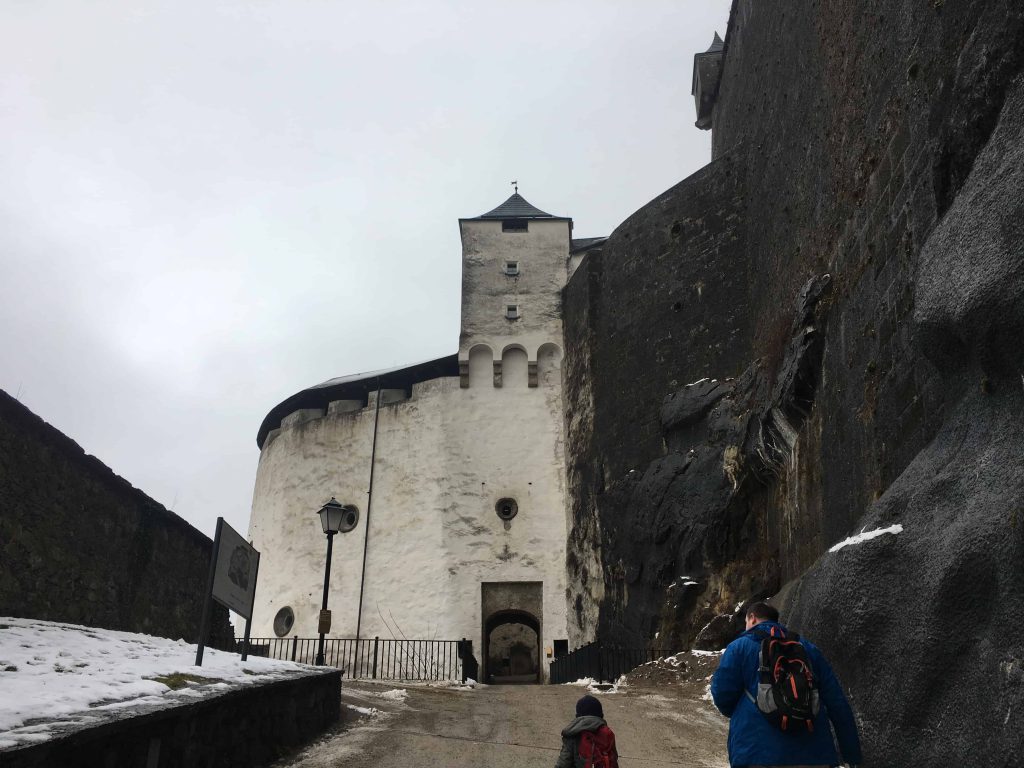
Czech Republic
Prague Castle
According to the Guinness Book of Records, Prague Castle is the largest ancient castle in the world, occupying an area of almost 70,000 square metres (750,000 square feet), at about 570 metres (1,870 feet) in length and an average of about 130 metres (430 feet) wide.
The castle is among the most visited tourist attractions in Prague attracting over 1.8 million visitors annually.
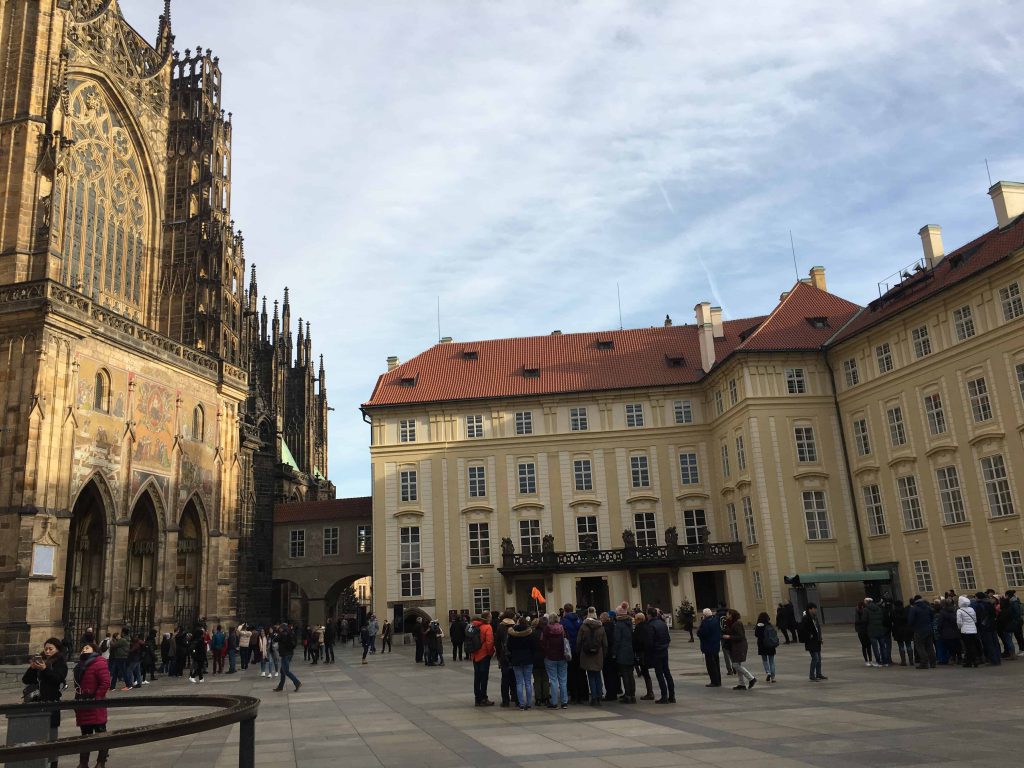
France
Grimaud Castle
Grimaud village, Cote d’Azure
Listed monument dating back to the 11th century. The late 13th century fortified walls encircled part of the village and castle. Reworked in the 15th century, the castle was then destroyed during the Religious Wars. Rebuilt in the mid-17th century, it was abandoned after the French Revolution.
Comprising a main building flagged by two towers, whose ruins reveal the three inner floors, this highly fortified castle was protected by two walls, the largest of which was seven metres high. Today, just one more-or-less intact vaulted room remains.

Mont St Michel, Beauvoir, Normandy
From 966 onwards, the dukes of Normandy, followed by French kings, supported the development of a major Benedictine abbey on the Mont-Saint-Michel. Magnificent monastic buildings were added through medieval times, one vertiginous section being nicknamed The Marvel.
The abbey became a renowned centre of learning, attracting some of the greatest minds and manuscript illuminators in Europe. Vast numbers of pilgrims visited, despite warring cross-Channel royals. However, the ramparts at the base of the island were built to keep English forces out.
Other fine buildings went up along the steep village street, now converted into museums, hotels, restaurants and boutiques for today’s tourists.
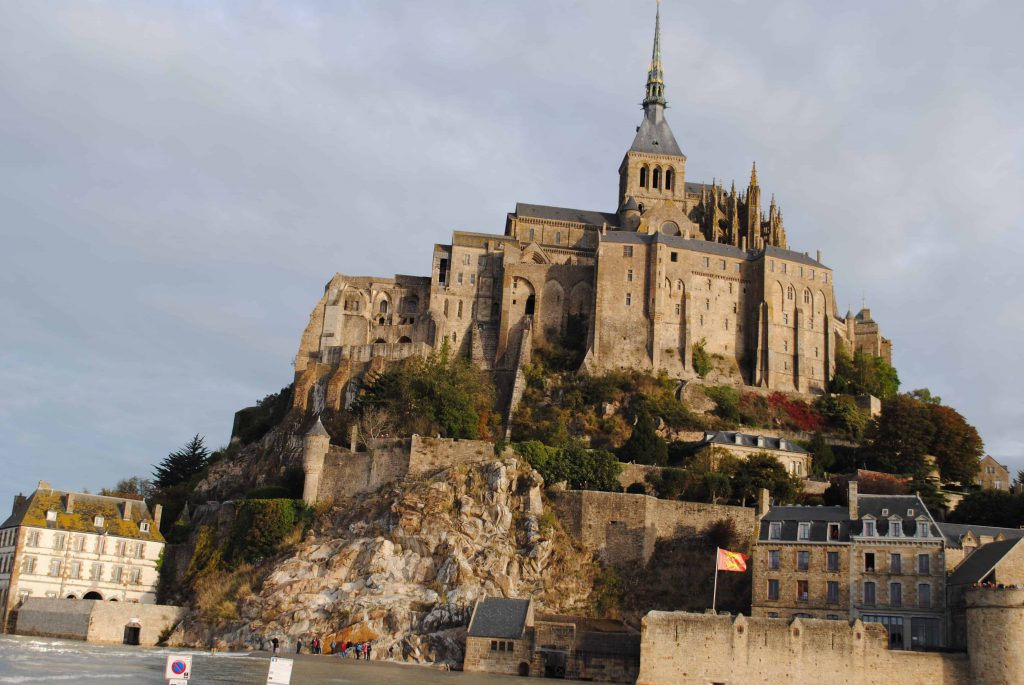
Château des ducs de Bretagne, Nantes, Brittany
The current castle was the work of Francis II, the last Duke of an independent Brittany, who wanted to make the Château des ducs de Bretagne both a military fortress, which could act as a defence against the King and the principal residence of the ducal court.
Work was continued by Duchess Anne of Brittany, twice Queen of France through her marriages to Charles VIII and Louis XII.
Her influence can be seen in the sculptural décor (dormer windows overlooking the main residence, as well as the coat of arms and loggias on the “Golden Crown” tower), marked by the first signs of the Italian Renaissance
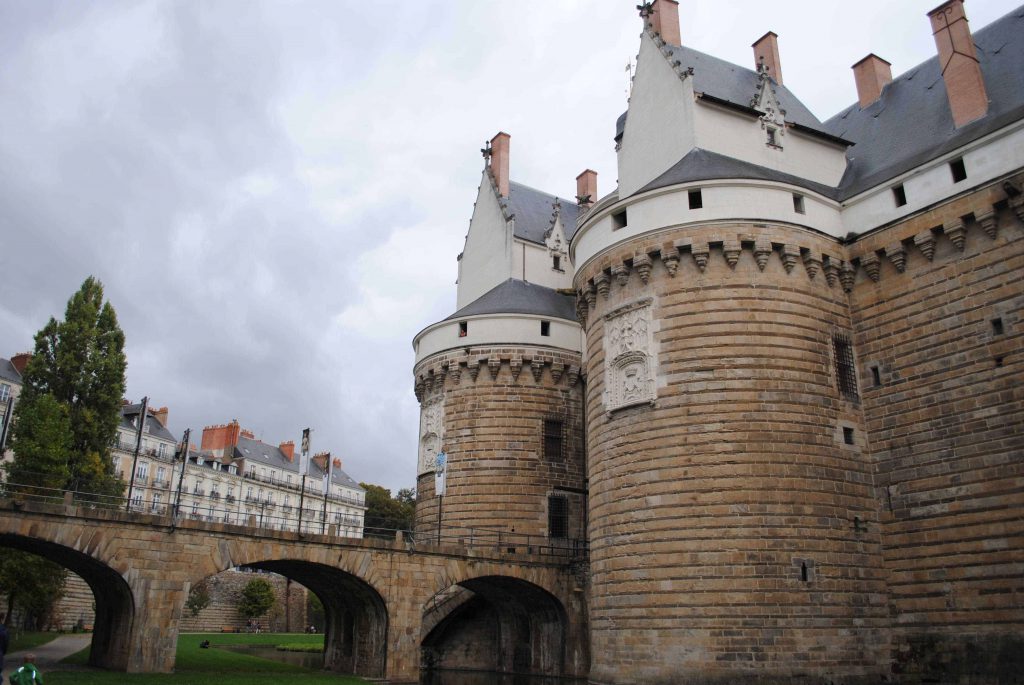

Chateau Nice
Nice, Cote d’Azure
The history of the park goes all the way back to the beginning of the 19th century when the city of Nice was facing the challenge to turn the site of the former castle into pleasant leisure and tourist area. Thus, at present, Castle Park is not just a mere archeological site.
Next to the vestiges of Chateau de Nice, tourists can admire further landmarks of historical importance: the Belanda Tower (Tour Belanda) and the Cemetery (split into three sections: a Jewish section, a Protestant section and a Catholic section). Cascade Dijon (which is an artificial waterfall) also counts as one of the chief highlights of the park.
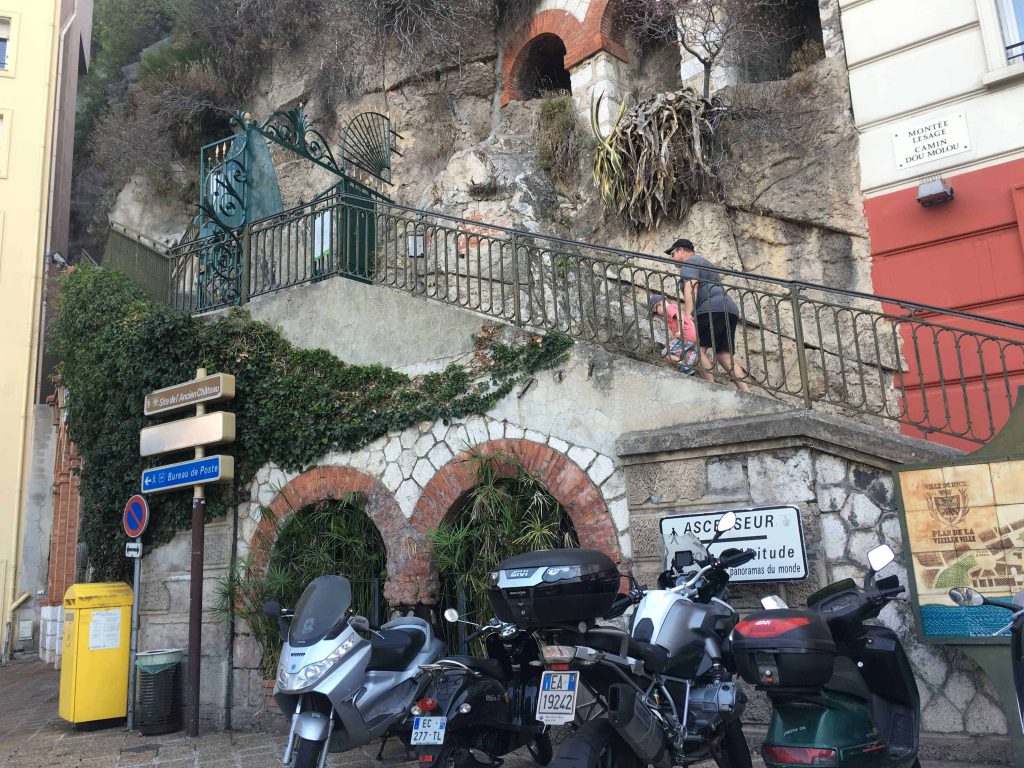
Chateau D’if
Marseilles, Provinces
A crucial fortress. Francis I of France wanted the Château d’If to fulfil three functions: protect the coast from invasion; provide cover for the new royal fleet of galleys, and keep watch over Marseille, annexed to France in 1480. A state prison.
Anyone opposing official authority was imprisoned here from 1580 until 1871, especially Protestants and Republicans. The stuff of legend, renowned worldwide. Alexandre Dumas published The Count of Monte Cristo in 1844. Its main protagonist Edmond Dantès is imprisoned at If.
Hugely popular, the novel has been translated into most languages and has inspired twenty-three films.
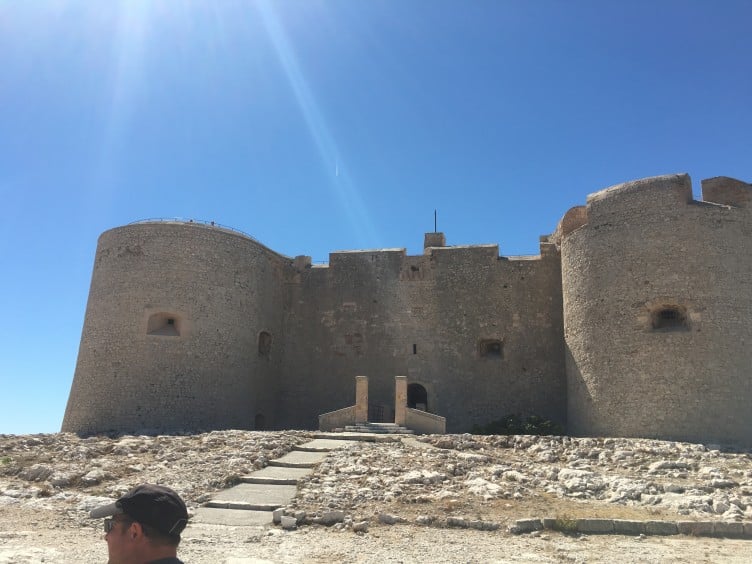
Germany
Schloss Drachenberg
Bonn, NRW
The Adolf-Hitler-Schule (AHS 3) – a Nazi elite school – moved into Schloss Drachenburg in 1942. The most sustainable damage done to the building during this time was the destruction of the original Main Portal. Instead of the ornate double staircase that led to a gable-topped portico, the entrance vestibule was monumentalized by means of a broad set of stairs.
The park also lost many of its landscape features due to the landfill utilized to position artillery. Added to which, the castle itself was bombarded – with nearly all the glass paintings being shattered and the Art Gallery heavily damaged in the process.
On the side facing the Rhine, wind and rain could sweep in unhindered, thus causing the masonry to absorb damp. At the end of the war, US soldiers occupied the castle and afterwards it was commandeered as a refugee camp.
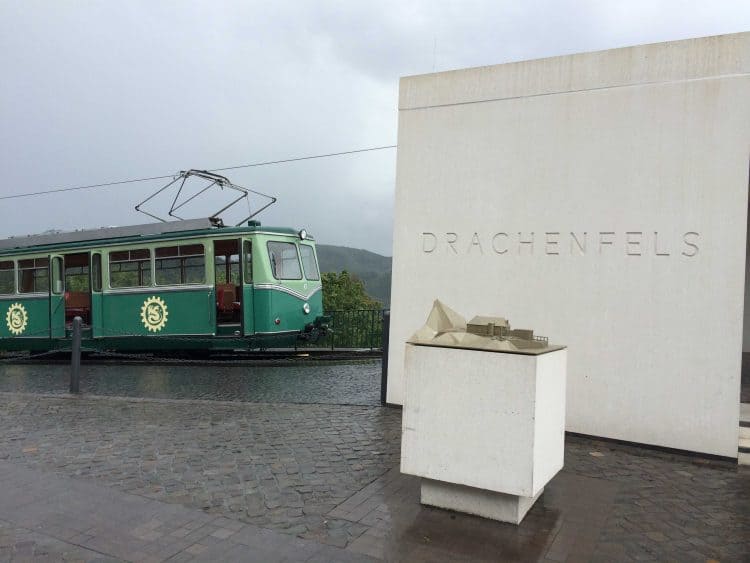
Schloss Burg
Solingen, NRW
Work on the castle started around 1130 and from then on the Dukes of Berg lived here for several centuries, all the while constantly enlarging their sphere of influence.
By the end of the fifteenth century, their successors ruled over huge areas of what is now North-Rhine Westphalia! Later they moved their seat of power to Düsseldorf and Burg Castle lost some of its significance.
The buildings began to crumble and from the middle of the nineteenth century, they were utterly cannibalized. And here begins the second great story. The castle was reconstructed once again thanks to the local initiative and financial help.
The citizens wanted to restore the symbol of the region! Hence they set up a so-called »Castle Construction Association« and began to collect money. Reconstruction work was mostly completed by 1919. Nowadays Burg Castle is a popular venue for day trips and a wide variety of cultural activities.
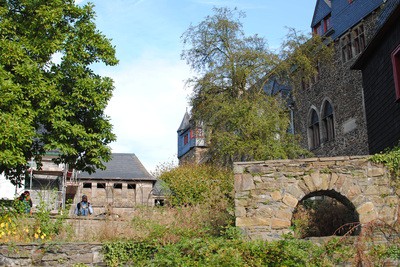
Schloss Marienburg
Hannover, Lower Saxony
Marienburg Castle, embedded in the hills of the Calenberger Land, rises up on the south-western slope of the “Marienberg” Hill, some 20 km south of Hanover and 15 km north-west of Hildesheim.
The original 19th-century summer residence of the Guelph family, one of Europe’s oldest royal houses, is one of Germany’s most significant monuments built in the neo-Gothic style.
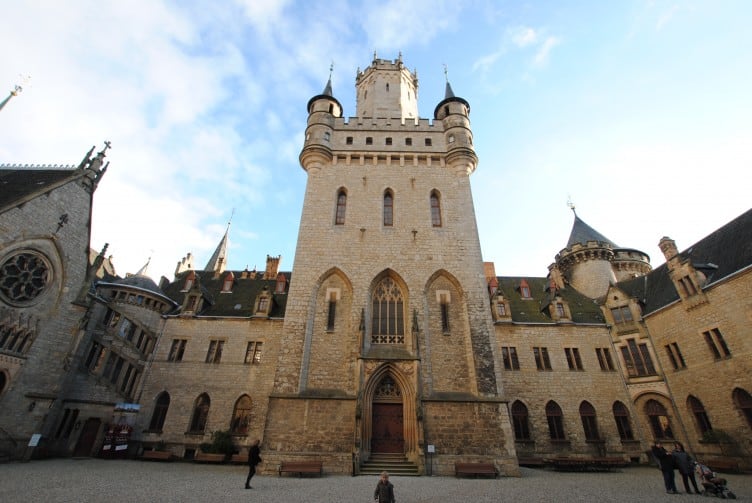
Heidelberg Castle
Heidelberg, Baden-Württemberg
Until the Thirty Years’ War, Heidelberg Palace boasted one of the most notable ensembles of buildings in the Holy Roman Empire.
In brisk succession, the prince-electors commissioned a series of imposing constructions: Gläserner Saalbau, Ottheinrichsbau, Friedrichsbau and Englischer Bau.
Each one is a masterpiece of Renaissance architecture. Their magnificent façades create a resplendent frame for the courtyard.
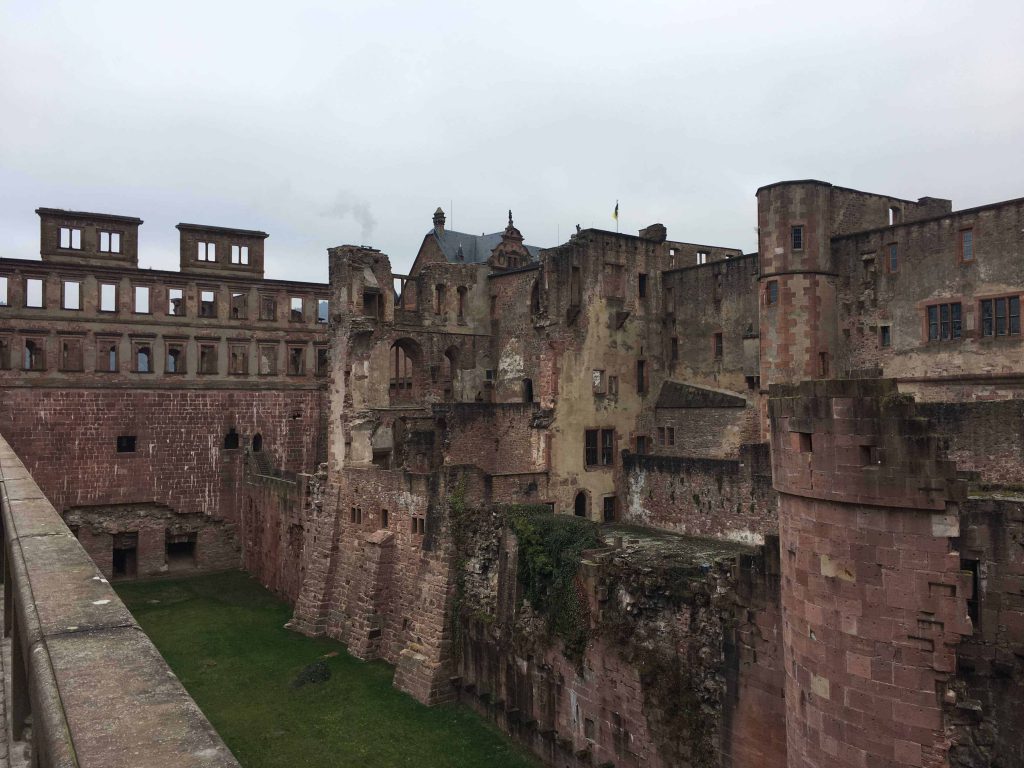
Neuschwanstein
Schwangau, Bavaria
Seven weeks after the death of King Ludwig II, Neuschwanstein was opened to the public in 1886. The Manschenscheue king had built the castle to withdraw from the public – now his retreat became a public magnet.
Neuschwanstein is today one of the most visited castles and castles in Europe. Around 1.4 million people visit the “Castle of the Fairy Tale King” every year.
In summer, an average of more than 6,000 visitors passes daily through rooms intended for a single occupant.
Together with the alpine climate and light, this leads to considerable stress for the valuable furniture and textiles, which the castle management is intensively endeavouring to maintain.
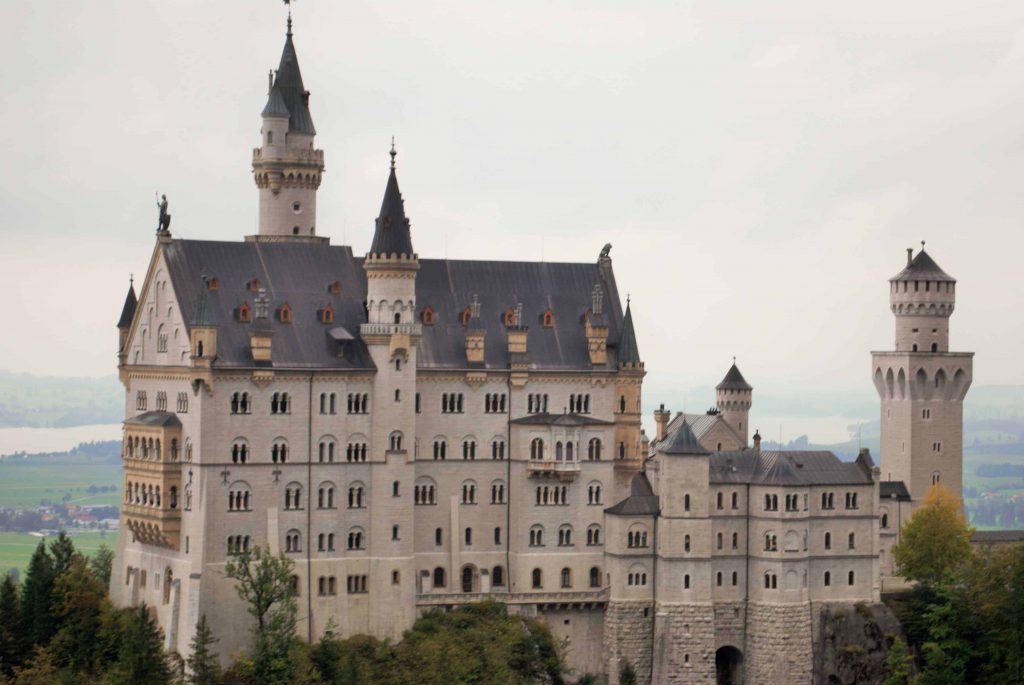

Nuremberg Imperial Castle.
Nuremberg Castle is a group of medieval fortified buildings on a sandstone ridge dominating the historical centre of Nuremberg. The castle, together with the city walls, is considered to be one of Europe’s most formidable medieval fortifications.
It represented the power and importance of the Holy Roman Empire and the outstanding role of the Imperial City of Nuremberg.
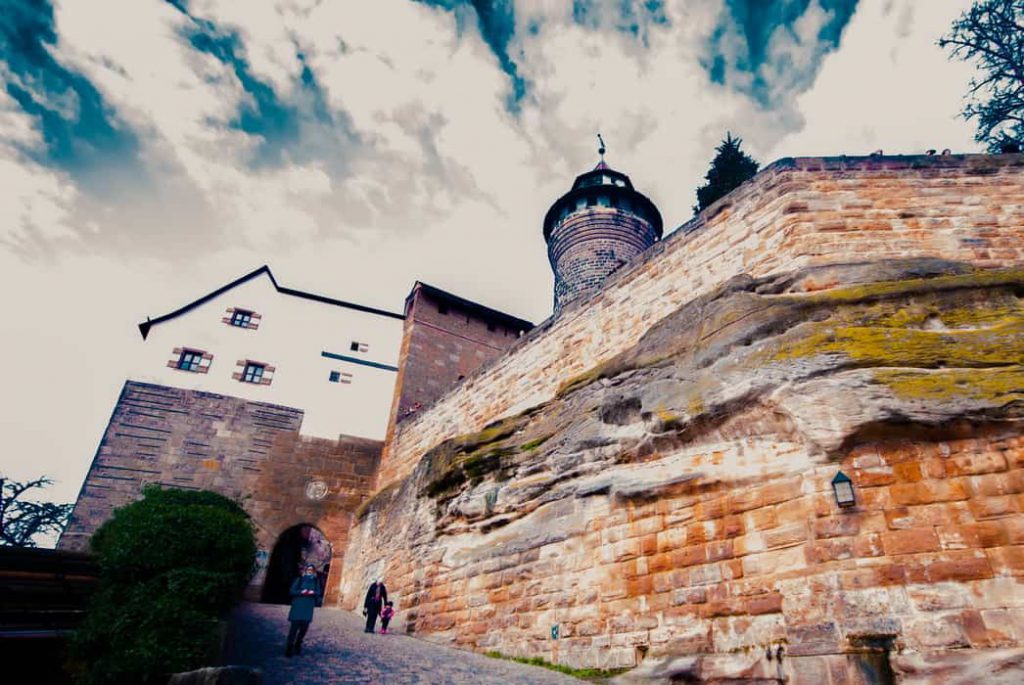
Marienberg Fortress, Wurzburg
This castle served as a home of the local prince-bishops for nearly five centuries. It has been a fort since ancient times. Most of the current structures originally were built in Renaissance and Baroque styles between the 16th and 18th centuries.
Fortress Marienburg was severely damaged by British bombs in March 1945 and only fully rebuilt in 1990. Today, it houses two museums.
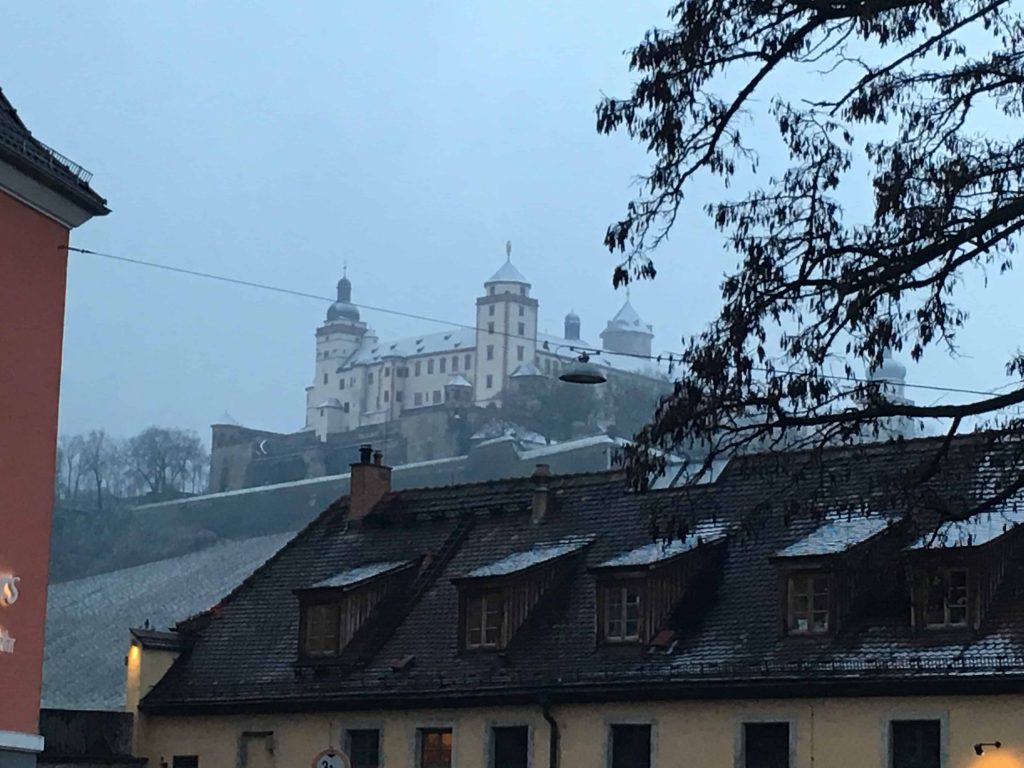
Liechtenstein
Vaduz
The builder of the first fortress, constructed around 1130, was Hugo von Petronell, a liegeman of the Diepoldinger Margraves of Cham and Vohburg. As soon as the Castle was completed he dubbed himself “von Liechtenstein” and became the founder of the princely line of Liechtenstein.
This means that the Castle is the ancestral seat, after which the Princes of Liechtenstein are named.
The Castle was the seat of the Liechtenstein dynasty until 1295, when it passed out of the family to the Lords of Stadek, under the terms of a marriage contract.
In the course of the 14th century, the Castle was extended to its full current length; and in the 16th century, it was extensively enlarged, at a time when it was owned by a succession of high-ranking noble families.
Amongst others, the Castle passed through the hands of King Matthias Korvin, with Jan (Hans) Holuberzi as his castle governor. From 1592 the Castle was owned by the Counts of Khevenhuller, Barons of Aichelberg.
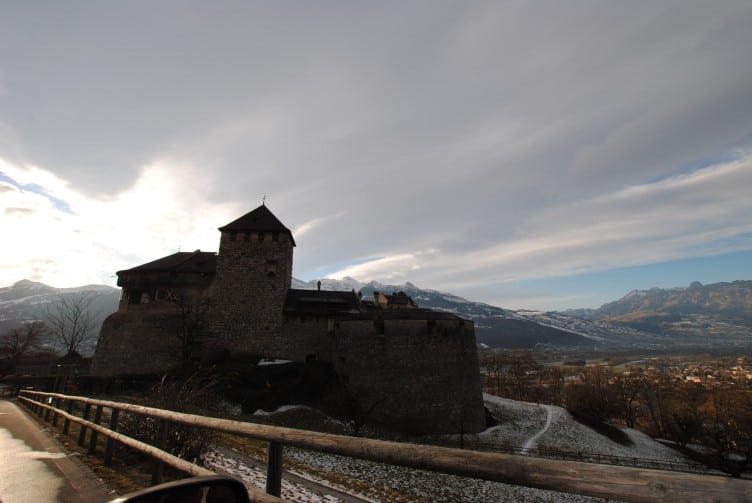
Luxembourg
Luxembourg Castle and fortifications
Luxembourg City
The name Luxembourg was first mentioned in 963 when count Siegfried exchanged lands for a small fortified castle by the name of Lucilinburhuc.
Throughout the Middle Ages, the House of Luxembourg considerably extended its territory and power. Between 963 and 1443, Luxembourg was independent, at first as a County, then since 1354 as a Duchy. In the 14th Century and the first half of the 15th Century, four Holy Roman Emperors and four Kings of Bohemia came out of the House of Luxembourg.
After the defeat of Napoleon, the Powers of the time gathered at the Congress of Vienna in 1815 to reorganize Europe. Due to the importance of the fortress, they decided to create a new country around the fortified castle on the Bock: the Grand Duchy of Luxembourg.
In 1890, the dynasty of Orange-Nassau lacking a male heir, passed the crown of Luxembourg to the Nassau-Weilburg which meant that the Grand Duchy once again had its own dynasty. The Grand Duke’s official residence is within walking distance of the ancient castle of the counts of Luxembourg.

Switzerland
Chillon Castle
Montreux, Veytaux
In the 13th century, the Counts furthered their conquests of the territory of Vaud until their domination was extended over approximately two-thirds of the territory which makes up today’s French-speaking Switzerland.
The Chillon Castle was extended at that time, in particular under Pierre II of Savoy who transformed it into a summer residence for the Counts.
The Counts did not live in Chillon year-round as they moved around to govern and stay close to their subjects. Nevertheless, a castellan bailiff stayed in the castle at all seasons to take care of affairs.
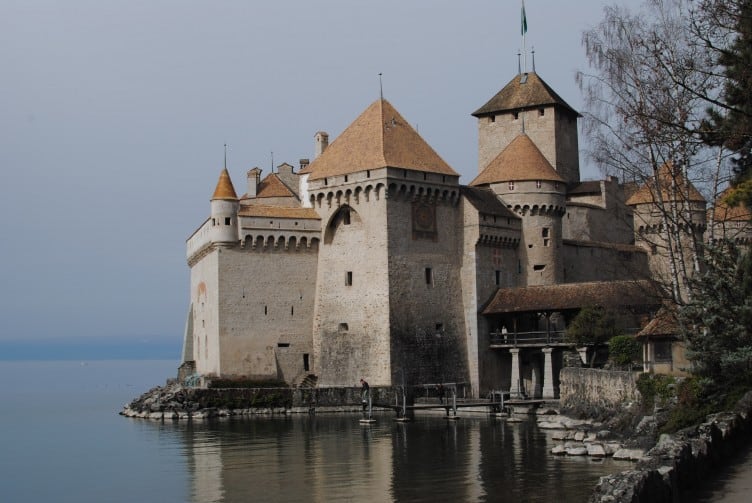
Gruyeres Castle
Gruyeres, Veytaux
Gruyères Castle has stood proudly atop a verdant hill in the heart of Switzerland since the 13th century.
Surrounded by the magnificent panorama of the Alpine foothills, the medieval fortress has been home first to the counts who built it, then to the bailiffs of Fribourg, and finally the Bovy and Balland families from Geneva, before opening its doors to the public in 1938.
Today, the castle houses prestigious collections that bear witness to its long and rich history.
The treasures to be found within its walls include the capes of the Order of the Golden Fleece and the intricate stained-glass windows dating from the Middle Ages; the frescoes commissioned by the bailiffs under the Ancien Régime; paintings by Jean-Baptiste Camille Corot; and the troubadour decorations of the Knights’ Hall, created at Gruyères in the 19th century by a colony of passionate artists.
From its ramparts to its French-style gardens, from the guard room to its romantic salons, Gruyères Castle takes you on an adventure through eight centuries of art, history and legends.
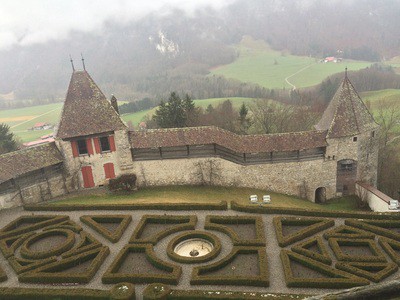
United Kingdom
Cardiff Castle
Cardiff, Wales
Little is known of the castle during the centuries that followed the Roman departure. Perhaps for long periods, the raiders from the sea made it untenable.
The native princes of Glamorgan based themselves to the north and the ruined fort waited for a new army of occupation.

Your Thoughts...
Please share your thoughts in the comments or reach out on social media...We would love to hear from you.
